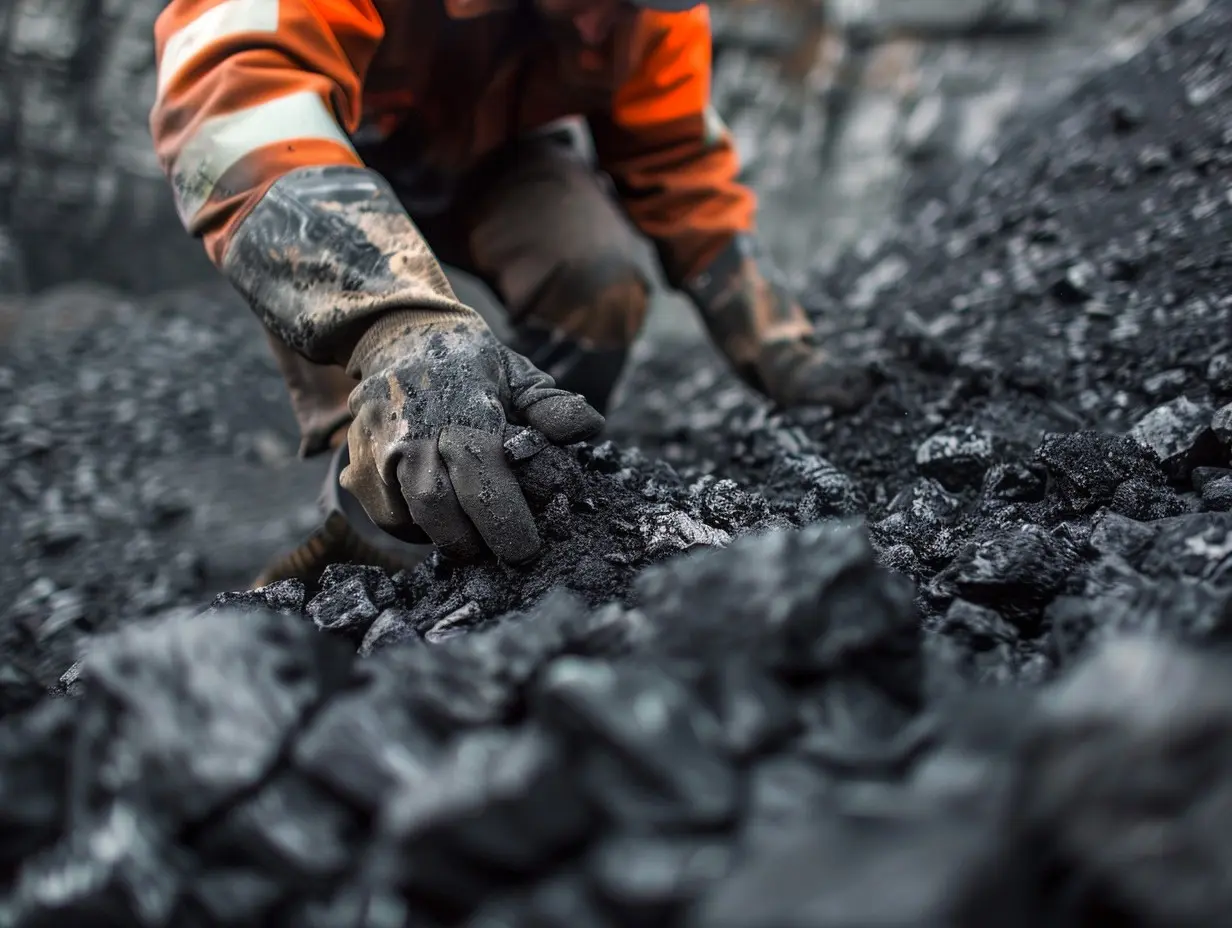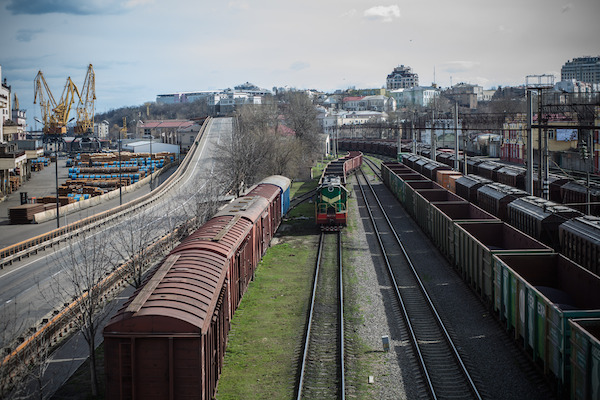

China’s coal-fired power houses will be allowed to execute the 20% fluctuation in their charges against the base price to non-essential use starting October 15, according to an announcement by China’s National Development and Reform Commission (NDRC) announced on October 12, which is just one week after the remarks by the Chinese Premier Li Keqiang at the State Council executive meeting on October 8 to help ease power supply crunch in China.
The new fluctuation limit, thus, will abolish the existing pricing scheme since 2019 that is with a maximum discount at 15% or the increment at 10% at the most, and the charges to China’s energy-intensive enterprises including non-ferrous metal smelters and steelmakers are limitless, as reported.
The new pricing is expected to more accurately and timely reflect the changes in the fundamentals and generation costs, which hopefully will motivate coal-fired power houses to generate more electricity and at the same time curb those irrationally higher power demand, Peng Shaozong, deputy head of department of price, NDRC’s commented at a press conference on October 12.
No limit on power charges among the power-intensive enterprises is expected to propel them to accelerate technological upgrading, enhancing power consumption efficiency and industrial restructuring and evolving, Wan Jinsong, head of the department of price, NDRC, added at the press conference.
Recently, surges in electricity charges in some countries and rising energy costs have been a global phenomenon, he acknowledged, and as for China, it has been facing persistent supply tightness in power and coal supplies and some areas have adopted power rationing.
Meanwhile, about 44% of the power consumption by industrial and commercial enterprises are paid market prices, and the new policy will not increase costs much for the ones that consume comparatively low power in production as power charges account for only a small proportion of their total cost, according to the officials, and local authorities are allowed to implement preferential policies on small- or micro-sized enterprises and self-employed personnel.
With the new pricing policies not to apply to essential needs including households and agriculture, it will not impose any direct impact on China’s Consumer Price Index (CPI), and its impact on Producer Price Index (PPI) may not be substantial either, as more power supply will lead to higher production of industrial and consumer goods, helping to stabilize commodities prices in turn, according to Peng.
China’s steel production, however, may not increase much, according to a Shanghai-based economist, as “Beijing is determined to reduce steel output on year for 2021, and power rationing due to supply tightness is just one of the curbing measures, and others will still be in place and more than sufficient to offset any possible increases in steel production because of more power supply,” he added.
So far, China’s thermal coal price has appeared very resilient and this may lead to higher electricity charges by the coal-fired power houses, as by October 13, the most-traded January 2022 thermal coal contract on Zhengzhou Commodity Exchange in Central China’s Henan hit a new high, closing the daytime trading session at Yuan 1,562.8/t ($242.3/t), or up 5% from the prior day’s settlement price.
Source: Sean Xie and Hongmei Li












